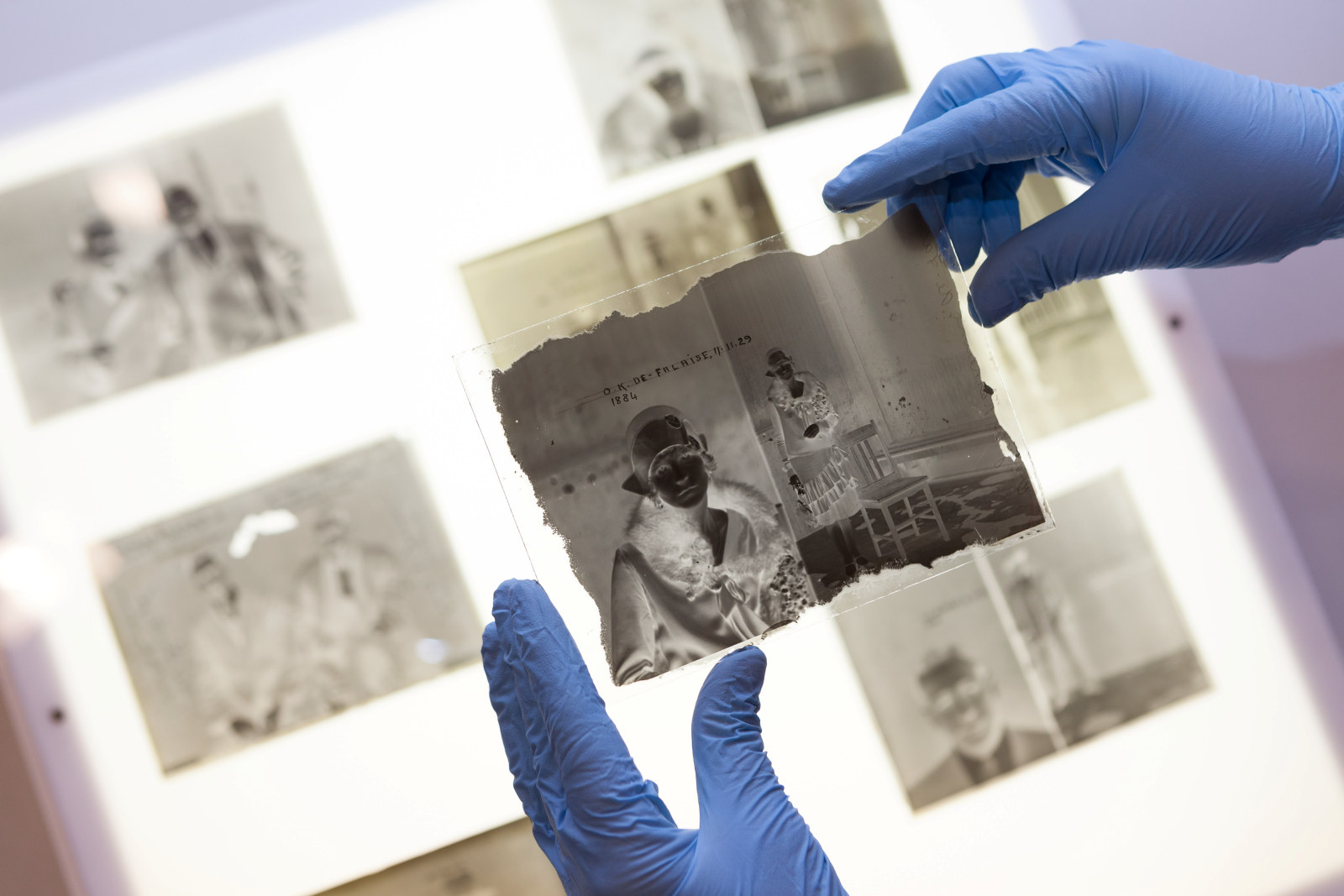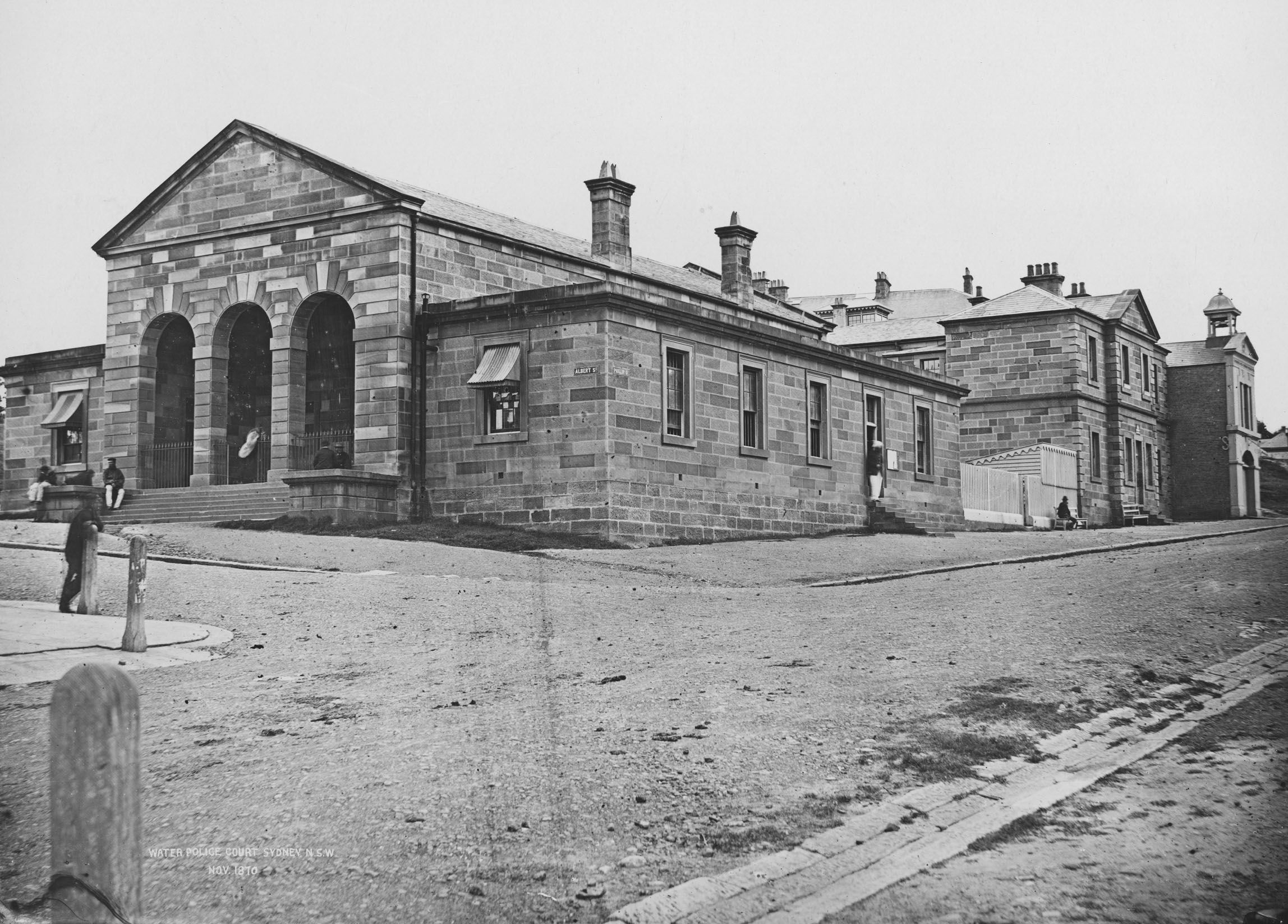Unfurling Sydney’s radical past
An intriguing acquisition sheds light on the political turmoil of the 1930s and the bungled opening of the Sydney Harbour Bridge.
In 2017, we acquired an unusual but significant artefact – a flag created to celebrate the famous disruption of the Sydney Harbour Bridge opening ceremony by Frank de Groot, a member of the fascist New Guard organisation. Many people will be familiar with the photo of de Groot on horseback, his sword raised high. But who were the New Guardsmen, and why did they choose to disrupt this event?
The New Guard
By the early 1930s, the economic hardship of the Great Depression had destabilised societies around the world, and political movements such as communism and fascism were growing. A range of new political organisations emerged in Australia, among them a paramilitary group calling itself the New Guard, which had split from the more conservative and secretive Old Guard organisation in 1931. At its strongest, the New Guard was made up of around 36,000 Sydney-based men, including many ex-soldiers, led by the flamboyant lawyer Eric Campbell (no relation of the author).
The New Guard’s membership application form stated that the group stood for unswerving loyalty to the British Empire and ‘sane and honourable representative government’, a concept they never clearly defined. The NSW Lang Labor government often drew their ire, and they were particularly concerned by communist party activities.1 Campbell expanded on the group’s politics in a 1933 newspaper interview: ‘We’re not Italian Fascists or German Nazis, but as far as the broad philosophy of Fascism goes I am a Fascist to my finger-tips’.2
Police watched the group closely, sending undercover and uniformed officers to New Guard meetings and shadowing the movements of prominent members. Rumours swirled that the guardsmen had plans to overthrow the government, and police considered them as big a threat as Sydney’s communist agitators. The group claimed that one of its key objectives was to provide support to NSW Police in case of mass civil disobedience, but the police made it clear that they didn’t want or need any help from this suspect organisation.
Opening the bridge
The activities of the New Guard came to a head at the much-anticipated opening of the Sydney Harbour Bridge on 19 March 1932. The group was angry with NSW Premier Jack Lang, whose ‘Australians first’ stance had led to a decision to default on the repayment of interest due to international bondholders, a move they saw as dishonourable. The group wanted the bridge opened by a member of the royal family, but to avoid the expense associated with a royal visit the state government decided that Lang would have the honour. The New Guard swore he wouldn’t perform the ceremony, and there were very real fears that the premier might be kidnapped.
On the day, police were on high alert, yet somehow Irishman and ex-Hussar Francis ‘Frank’ de Groot, a senior New Guard member, managed to ride a horse unchallenged onto the bridge while carrying a sword. He shouted, ‘In the name of the decent and loyal citizens of New South Wales I declare this bridge open!’,3 and cut the ribbon with his sword. Police dragged him off the horse and arrested him. He was charged with offensive behaviour, found guilty and fined.
The beginning of the end
De Groot’s act was the beginning of the end for the New Guard, as many members felt it had become too radical. However, a group of New Guardsmen who supported de Groot’s actions presented him with a hand-painted flag celebrating the incident (see top image on this page). An idyllic image of the harbour forms the background. The bulldog in front of the Union Jack represents Britain and may also be a reference to the New Guard’s team of shock troops known as the Bulldog Drummonds. De Groot is shown on the left-hand side of the flag with his sword raised to slash the ribbon. An infamous photograph of New Guard leader Campbell giving the Nazi salute, taken in December 1931, is reproduced in the top right.
De Groot gave the flag in thanks to the lawyer who represented him in court. The lawyer’s descendants decided it wasn’t something they wanted to hang on the wall of their home, so it remained safely rolled up out of sight. Understanding the flag’s importance and wanting it to be in public hands, owner Tim Larcombe generously donated this intriguing object to MHNSW.
Notes
1. The New Guard, 1931–1948, National Archives of Australia A432, p10.
2. The Herald (Melbourne), 19 October 1933, p5.
3. The Sydney Morning Herald, 21 March 1932, p15.
Published on
Related
Browse all
Alexander Riley, legendary Aboriginal police tracker
The remarkable talents of Aboriginal trackers who worked for NSW Police in the 20th century are featured in a display at the Justice & Police Museum

Glass-plate photography
The collection of glass-plate negatives held in the State Archives and Justice & Police Museum are endlessly fascinating and revealing

Come in spinner!
Gambling in Australia is regulated by the state and some types of gambling are illegal. The game Two-up, with its catch cry of ‘Come in Spinner!’, is legal only on Anzac Day and only in some states

Museum stories
Gritty business
Immerse yourself in Sydney's chilling criminal past in this unique water-front museum of policing, law and disorder – with its grizzly collection of underworld weapons along with tales of mayhem and lawlessness, aptly described as an educational resource befitting a 'professor in crime'
